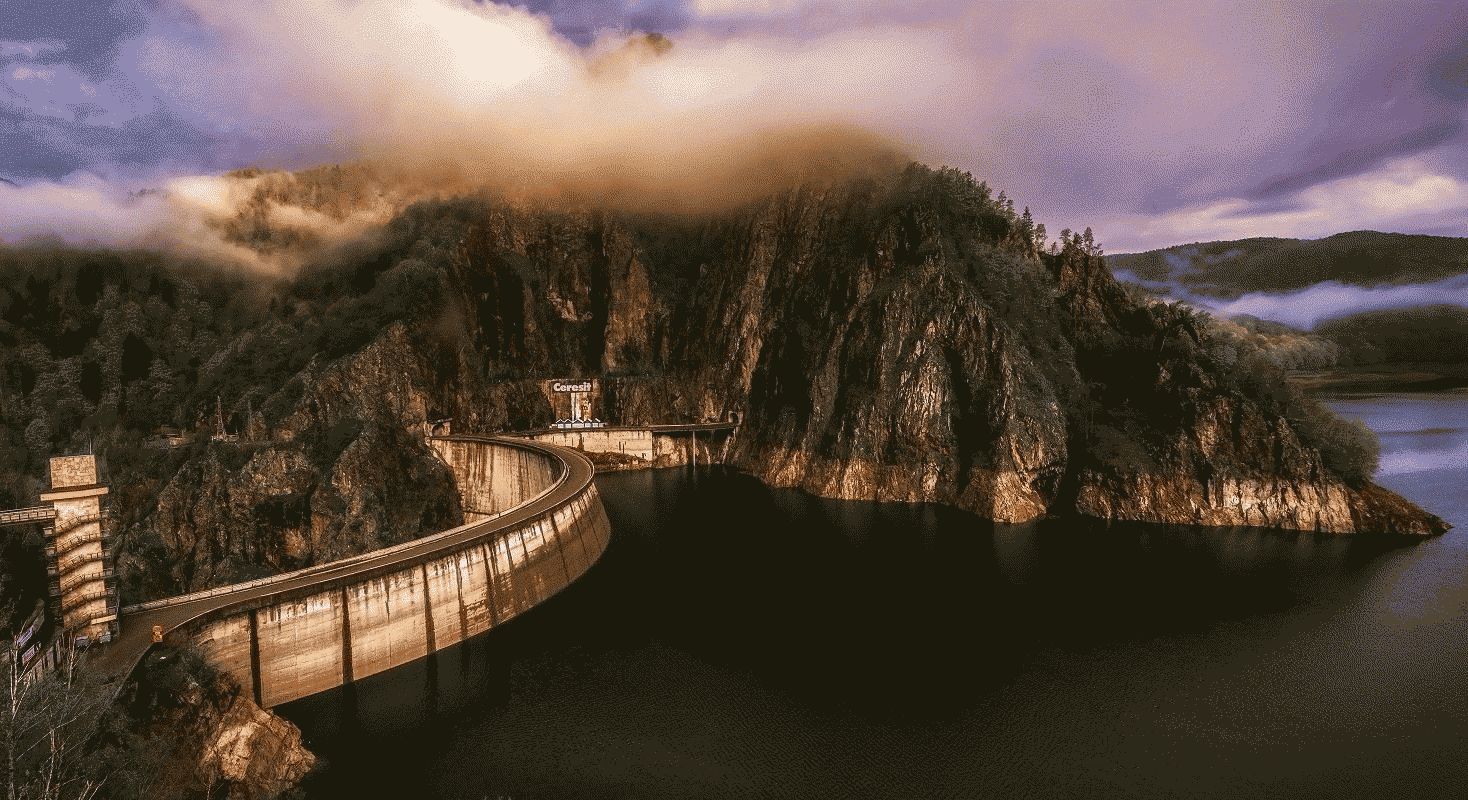Страна:
Регион:
Другие названия:
Значение:
Время визита:
Цена:
бесплатно
Почему Топ:
At the time of completion, the Vidraru Dam was ranked 5th in Europe and 9th in the world. The position in Europe remained the same, but worldwide the playoffs reached 27th place.
Описание:
Once you arrive at Vidraru Dam, you can first enjoy the fresh and refreshing air, the view, the combination of colors that surround you and especially the beauty of nature. On the dam’s reservoir you can practice various sports: rowing, windsurfing, water skiing and is available for boat trips. In the area of Lake Vidraru there are nature reserves with various species of animals, such as: deer, deer, bear, wolf, chamois, chaffinch, capercaillie, otter.
Built between 1960 and 1966 for the purpose of generating electricity, for irrigation and flood prevention, the hydroelectric complex, located on the Arges River, consists of a hydroelectric power station (called “Gheorghe Gheorghiu Dej” until 1989) and a complex of 14 micro-hydroelectric power stations downstream, which generate energy of 350 million kWh.
The main power station is located in a gallery dug 130 m below the bed of the Arges River and was designed so that the hydroelectric power station could be controlled remotely from Bucharest. It has a capacity of 220 MW and an energy production capacity of 400 million kWh per year, subject to average rainfall.
Regulating the flow of the Arges River (and the tributaries Topolog, Vylsan, Cernat, Doamnay, Valle-Louis-Stan, Limpedea) also helps to increase the irrigated area in the Arges River basin by approximately 100,000 hectares and prevent flooding in the Arges territory, which allows agriculture to large areas that would otherwise be affected by floods.
Vidraru Dam has a height of 166.6 meters, a crown length of 307 m and a crown thickness of 6 m. The arch of the dam consists of 22 vertical columns connected by expansion joints, each of which is divided into slats 2 m high. Construction required 480,000 cubic meters of unreinforced, impermeable concrete grade B600.
The body of the dam is located inside the slopes of the Plesa and Vidraru mountains, it is crossed by 9 horizontal galleries, with the help of which the state of the integrity of the dam is monitored and measured. Communication between the galleries is carried out either by two internal elevators or by external access roads.
On July 6, 1974, the dam suffered a major failure during operational testing, causing an artificial flood of 600 cubic meters per second downstream, disruption of power supply in the area, and partial collapse of the bridge. As a result of this tragic event, 2 people died.
Fortunately, the 1974 damage is the only significant failure recorded at the dam, which was completely undamaged by the large magnitude earthquake that occurred in 1977.
Категории:
Тэги:
Интерес:
Физподготовка:
Лучшее время:
Доступ:
Roads:
Emergency:
112
Info:
Safety:
Safely
Clothing:
Seasonable
Connection:
Ok
- Turtle facts
- Borneo
- Saami
- And in Africa the mountains are this high
- Great Plains (USA)
- Sahalin
- Kenya Nchi Yangu Song
- 12 of the best places to visit in April in Europe: beaches, Easter, cities, and adventures
- Win a four-night Greek getaway for two in one of the most stylish resorts in the Aegean courtesy of Sani Resort
- Bosphorus
- Finland
- Los Angeles
- Germany
- Greenland
- Sumatra
- Kostroma (Russia)
- Чаепитие в 5‑звездочном отеле Mount Nelson в Кейптауне
- Great lakes
- Tuareg
- Monaco

 United States
United States
